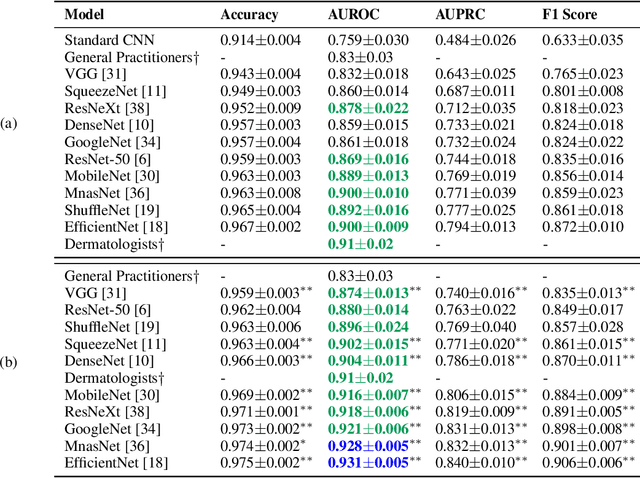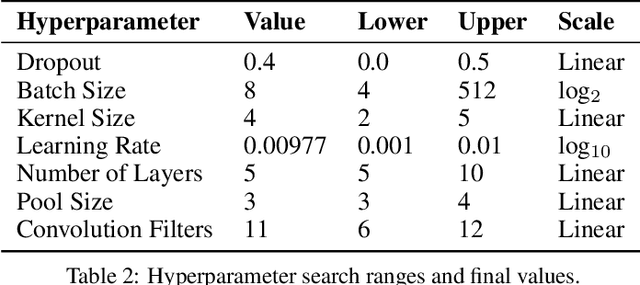Doyoon Kim
Painsight: An Extendable Opinion Mining Framework for Detecting Pain Points Based on Online Customer Reviews
Jun 03, 2023Abstract:As the e-commerce market continues to expand and online transactions proliferate, customer reviews have emerged as a critical element in shaping the purchasing decisions of prospective buyers. Previous studies have endeavored to identify key aspects of customer reviews through the development of sentiment analysis models and topic models. However, extracting specific dissatisfaction factors remains a challenging task. In this study, we delineate the pain point detection problem and propose Painsight, an unsupervised framework for automatically extracting distinct dissatisfaction factors from customer reviews without relying on ground truth labels. Painsight employs pre-trained language models to construct sentiment analysis and topic models, leveraging attribution scores derived from model gradients to extract dissatisfaction factors. Upon application of the proposed methodology to customer review data spanning five product categories, we successfully identified and categorized dissatisfaction factors within each group, as well as isolated factors for each type. Notably, Painsight outperformed benchmark methods, achieving substantial performance enhancements and exceptional results in human evaluations.
Deep Transfer Learning for Automated Diagnosis of Skin Lesions from Photographs
Nov 06, 2020



Abstract:Melanoma is the most common form of skin cancer worldwide. Currently, the disease is diagnosed by expert dermatologists, which is costly and requires timely access to medical treatment. Recent advances in deep learning have the potential to improve diagnostic performance, expedite urgent referrals and reduce burden on clinicians. Through smart phones, the technology could reach people who would not normally have access to such healthcare services, e.g. in remote parts of the world, due to financial constraints or in 2020, COVID-19 cancellations. To this end, we have investigated various transfer learning approaches by leveraging model parameters pre-trained on ImageNet with finetuning on melanoma detection. We compare EfficientNet, MnasNet, MobileNet, DenseNet, SqueezeNet, ShuffleNet, GoogleNet, ResNet, ResNeXt, VGG and a simple CNN with and without transfer learning. We find the mobile network, EfficientNet (with transfer learning) achieves the best mean performance with an area under the receiver operating characteristic curve (AUROC) of 0.931$\pm$0.005 and an area under the precision recall curve (AUPRC) of 0.840$\pm$0.010. This is significantly better than general practitioners (0.83$\pm$0.03 AUROC) and dermatologists (0.91$\pm$0.02 AUROC).
 Add to Chrome
Add to Chrome Add to Firefox
Add to Firefox Add to Edge
Add to Edge